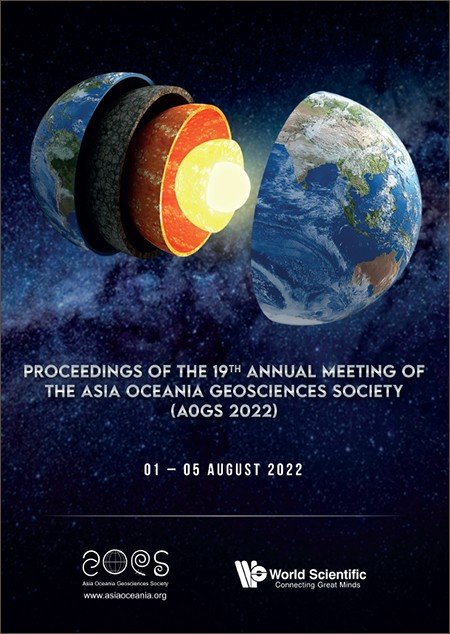DEVELOPING A HIGH RESOLUTION NON-HYDROSTATIC OCEAN CIRCULATION MODELLING SYSTEM: A CASE STUDY FOR VIZAG
Fine scale eddies and circulation features in the ocean govern many small and large-scale processes, which get modulated due to small-scale horizontal variations in density. Some of these phenomena are responsible for nutrient upwelling, while some have implications on acoustic propagation. Three-dimensional observations at such a fine scale (∼ < 1 km) are hard to obtain in continuity from in-situ or satellite measurements. Numerical models of the ocean provide an opportunity to simulate the small-scale features of the oceanic circulation. In this study, we present a very high-resolution model for the ocean surrounding Vishakhapatnam (Vizag) region at the East Coast of India. The objective is to test and evaluate the configuration that has been prepared for this domain and then to nest/couple it within a larger/coarser domain model. We have made use of the Massachusetts Institute of Technology general circulation model (MITgcm) for this study. Open boundary conditions are prescribed from a regional ocean model for the Indian Ocean (IO) Region. The model is forced with ERA-interim winds and fluxes for a period of around 40 days. Ocean surface currents simulated from the model are compared with the Nucleus for European Modelling of the Ocean (NEMO) observations as well as from the outputs of the larger domain IO model



